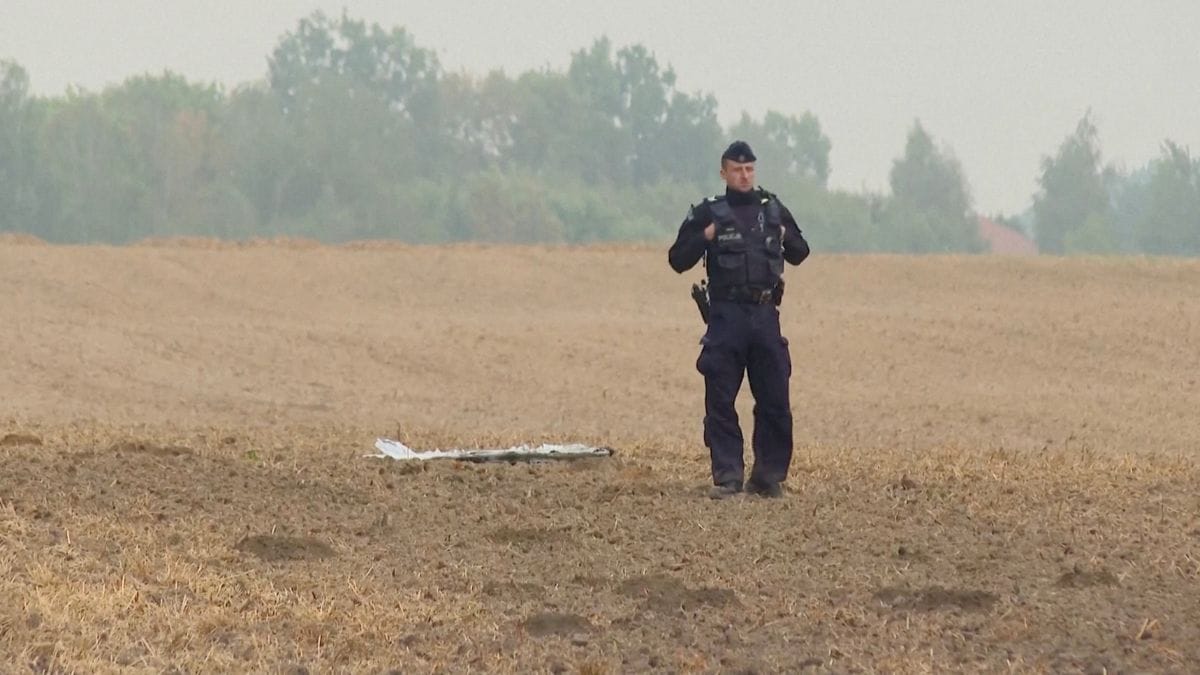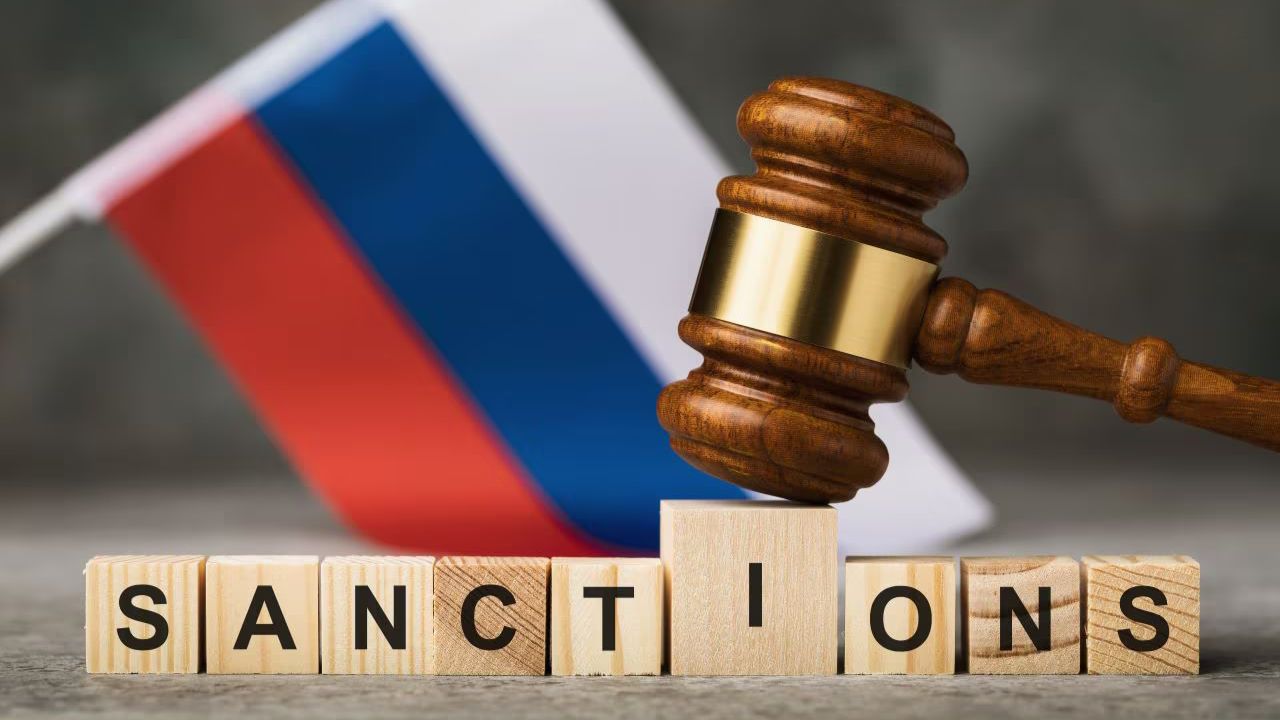Triggering the Response
The initiation of 'Eastern Sentry' was prompted by a critical event: the violation of Polish airspace by Russian drones. This incursion served as a catalyst,
pushing NATO to re-evaluate its defensive strategies and enhance its presence in the region. Poland's reaction to this violation was swift and decisive. NATO’s commitment to collective defense, as enshrined in Article 5 of the North Atlantic Treaty, was underscored by the incident. The alliance moved to protect its member states and prevent further acts of aggression, thus demonstrating its resolve to safeguard its territory and interests. This incident highlighted the importance of vigilance and the need for robust defense mechanisms along NATO’s eastern flank.
NATO's Deterrent Strategy
NATO's primary aim with 'Eastern Sentry' is to deter further aggression from Russia. This is accomplished through a multifaceted approach that emphasizes a strong military presence, enhanced surveillance capabilities, and coordinated defense exercises. The operation involves increased troop deployments and a show of force designed to dissuade Russia from any further aggressive actions. Surveillance plays a crucial role, with NATO deploying advanced monitoring systems to detect and track potential threats. Furthermore, the alliance plans joint military exercises to improve interoperability and coordination among member states. These exercises simulate various scenarios, allowing NATO forces to practice their response capabilities and hone their skills in defending against potential attacks. This holistic strategy underscores NATO’s commitment to safeguarding its eastern flank.
Poland's Response
Poland's reaction to the Russian drone incursions was immediate and firm, reinforcing the country's commitment to regional security and its relationship with NATO. The Polish government likely engaged in discussions with its allies, coordinating strategies and demanding accountability for the airspace violation. This firm stance is indicative of Poland's dedication to maintaining its territorial integrity and strengthening its defenses. Poland's response goes beyond condemnation; it entails concrete steps to strengthen its defense capabilities and improve cooperation with NATO partners. Furthermore, Poland's response highlights its dedication to preserving peace and stability in the region. By collaborating closely with NATO and other allies, Poland hopes to ensure a collective approach to security challenges. This includes sharing intelligence and working with NATO to improve their joint defenses.
Operation's Key Components
'Eastern Sentry' incorporates various elements designed to boost NATO's defense capabilities along its eastern frontier. Firstly, there's an increase in the presence of military troops and equipment to act as a deterrent. Secondly, enhancing surveillance capabilities to identify and track potential dangers is a key focus. Lastly, the operation includes a series of coordinated military exercises involving the participation of member states. These exercises are intended to improve preparedness and interoperability among the participating forces. These initiatives showcase NATO’s commitment to adapting its defense postures and safeguarding its collective security. 'Eastern Sentry' underscores NATO's willingness to proactively address potential threats and reinforce its dedication to the defense of its member nations. The strategic approach highlights the determination of the alliance to preserve stability and safeguard its members against external risks.
Participating Countries
The specific list of countries contributing to 'Eastern Sentry' is crucial to understanding the scope of the operation and the collective commitment of the alliance. While the exact details of participating nations may vary, it’s certain that several NATO members are actively involved. Each nation contributes resources such as personnel, equipment, and intelligence support, reflecting a shared resolve to fortify the eastern flank. The involvement of diverse member states underlines the alliance’s dedication to its principle of collective defense, where an attack on one is considered an attack on all. This broad participation enhances the operation's effectiveness, offering enhanced capabilities and a stronger deterrent. This teamwork among NATO allies shows the unity of the alliance and a dedication to protect common security interests. This includes both the sharing of resources and the implementation of common defensive tactics.
Russia's Reaction
Understanding Russia's reaction to 'Eastern Sentry' is vital for assessing the implications of this operation. Russia's perspective is shaped by its own geopolitical strategies and security concerns. The country likely views the deployment as a move that potentially increases tensions. The reaction could involve statements from government officials and military leaders, expressing dissatisfaction or concerns about NATO's activities near its borders. Russia may also respond through diplomatic channels. This could include raising the issue in international forums. It could involve implementing countermeasures, possibly involving military maneuvers or displays of force in the region. Moscow's reaction will depend on various factors. These factors include the scale and duration of 'Eastern Sentry' and the broader political landscape. Monitoring and evaluating Russia's actions is essential for managing the situation.













